For Rita Konig, interior design isn’t only about coherence and comfort — it should be a celebration of stuff
Giles Kime charts the transatlantic career of the eclectic journalist-turned-designer.
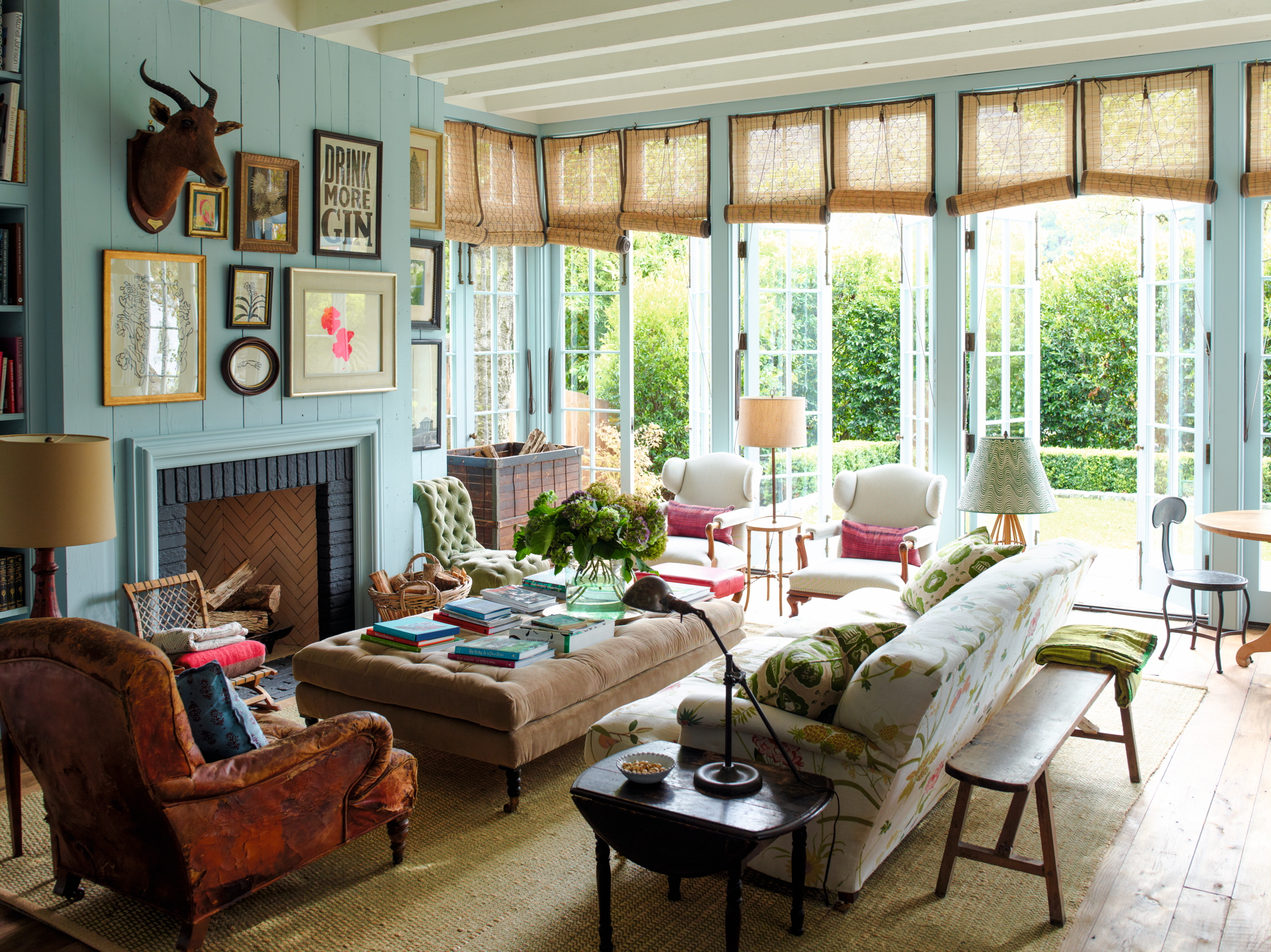

People might take a dim view of journalism, but it has precipitated some pretty stellar careers in politics (Winston Churchill, Boris Johnson, Michael Gove), fiction (Charles Dickens, Ernest Hemingway and Helen Fielding) and in business, notably Natalie Massenet, who launched Net-a-Porter, and Chrissie Rucker, founder of The White Company. ‘You have to do your research and work to a deadline,’ says Rita Konig, whose early career included stints on The Telegraph Magazine, The Sunday Times, British Vogue and Conde Nast’s interiors magazine, Domino, for which she travelled the length and breadth of the US.
Alongside Ilse Crawford, who formerly edited Elle Decoration, and Faye Toogood, who began her career on The World of Interiors, working on magazines prepared her for a career in the wider world of design. Other formative influences also paved the way, however, notably that of her mother (the interior designer Nina Campbell), who was a serial mover, making beautiful homes in a succession of apartments and houses in Kensington and Chelsea. ‘I grew up loving the smell of wet paint,’ Rita says.
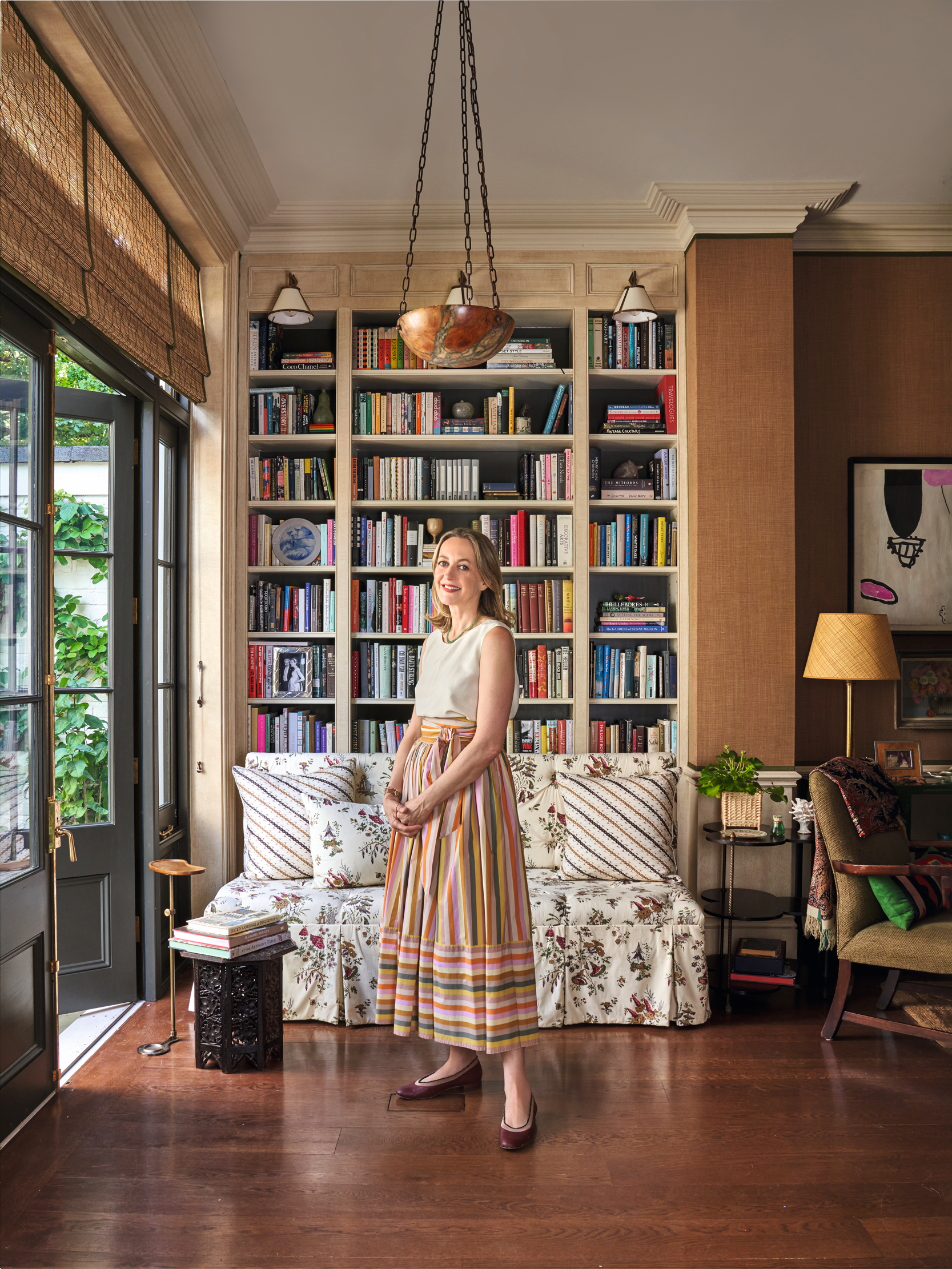
Working in America was a significant influence, particularly its culture, which she finds ‘infectiously upbeat and collaborative’. Almost a decade based in Manhattan writing for the Wall Street Journal, The New York Times andVogue opened numerous doors, including that of Vanity Fair editor Graydon Carter, who invited her to decorate his restaurant, The Waverley Inn, each Christmas. Soon, she was juggling a career as a journalist and a designer.
Fifteen years ago, Rita returned to London, where she established a studio that has since been commissioned to design some high-profile British projects — most recently Argyll House in Chelsea, SW3, and a dozen rooms at Bolton Abbey, the Duke of Devonshire’s sporting estate in the Yorkshire Dales. However, today, more than half her work is in the USA. Two high-profile projects in California, a house designed with the architect Gil Schafer and the San Vicente Bungalows, have done much to raise her profile.
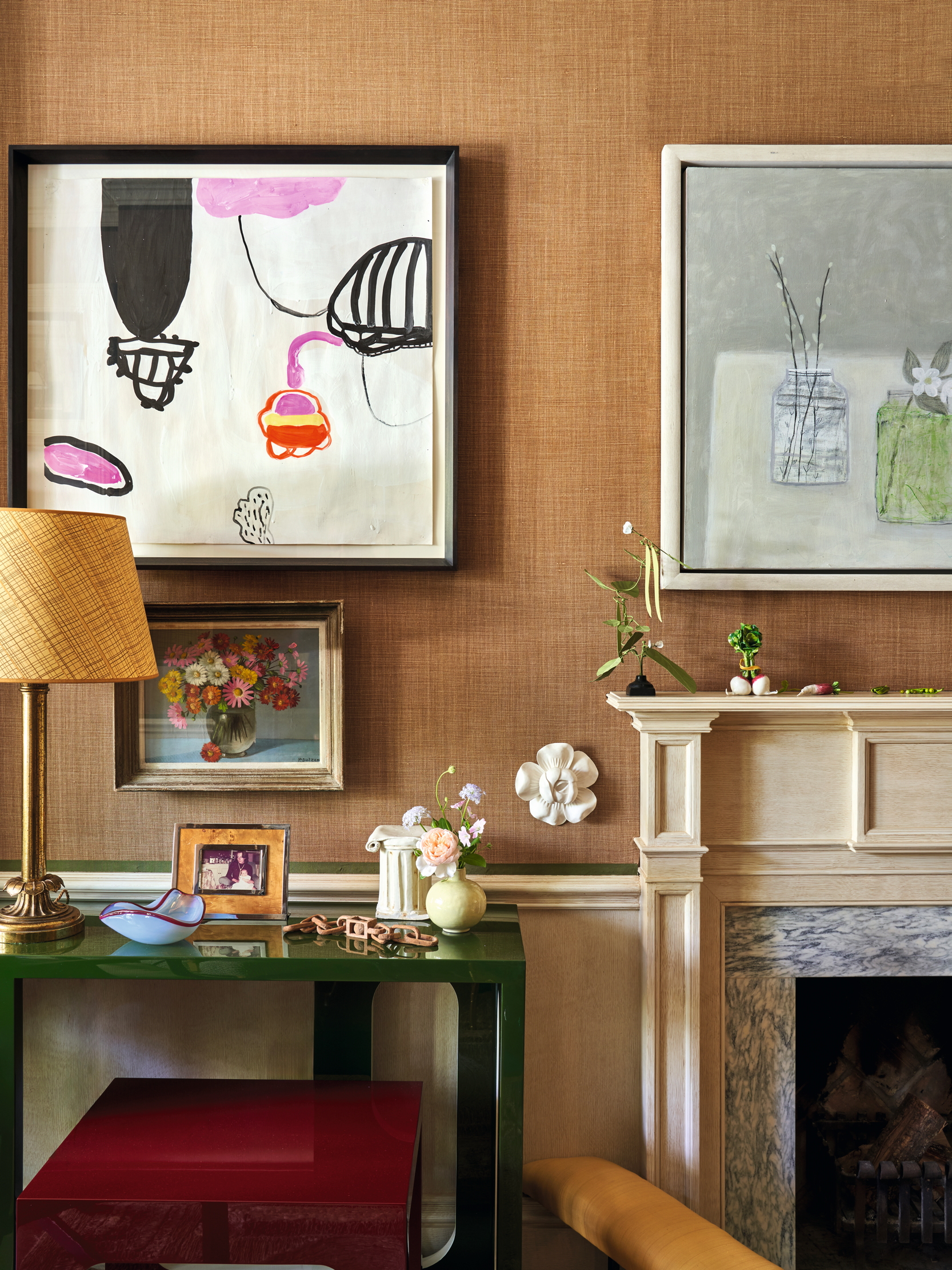
The west London home of interior designer Rita Konig is furnished with a mix of pieces that she has designed herself, as well as collections she has accumulated over the years.
As is her mother, she’s open-handed with her knowledge and was one of the first designers to create online video courses with Create Academy, the scheme that came out shortly before lockdown and allowed her audience to reinvent the homes where they were unexpectedly spending more time. After the pandemic, Rita designed a room at the first ever WOW!house, the annual showcase of interior-design talent at Design Centre, Chelsea Harbour, SW10. The can-do approach she learned in the US has yielded collaborations with the fabric house Schumacher, The Lacquer Company and Oficina Inglesa.
Rita has a knack for demystifying complex, nuanced subjects that makes her a good educator. There are, she says, three stages to a decorating project. The first is to plan how space will be used, the second is to create a layer of pattern and colour and the third is to decorate it with pictures and objects in large quantities. For her, it’s this last stage that is critical to the success of a project. ‘If I had a choice between decorating with fabric and wallpaper and bringing space to life with objects and furniture, I would choose the latter. On its own, the former would look like a showroom,’ she says.
'Everybody sees each new scalloped lampshade ever launched, so the need for distinctive pieces is more important than ever'
Inevitably, she learnt a great deal by osmosis when still a child — on shopping trips with her mother and on visits to trade shows in Paris. Interior design at an elevated level requires a variety of skills, from the obvious (spatial ability and instinctive understanding of colour) to a knowledge of architecture, history and even a smattering of psychology.
Exquisite houses, the beauty of Nature, and how to get the most from your life, straight to your inbox.
Yet, even with the rise of the internet, sourcing can make the difference between success and failure. In some senses, it has made it more of a challenge as everybody sees each new scalloped lampshade ever launched, so the need for distinctive pieces is more important than ever before. For Rita, that path inevitably leads her to antique dealers.
Does she ever worry that the generosity with which she shares her knowledge in her journalism and online courses will lead to imitation? ‘If you gathered six people in an art shop and they all chose the same paper, paint and brushes, you’d end up with six different pictures.’ The most meaningful interior design, she believes, relies on stuff; things that are handed down by family and friends, bought at antique markets, in bookshops and when travelling and which combine to bring a space to life. She also views the increasing number of bespoke elements she designs as the secret to ensuring that projects are distinctive. They could never be created ‘off the peg’.
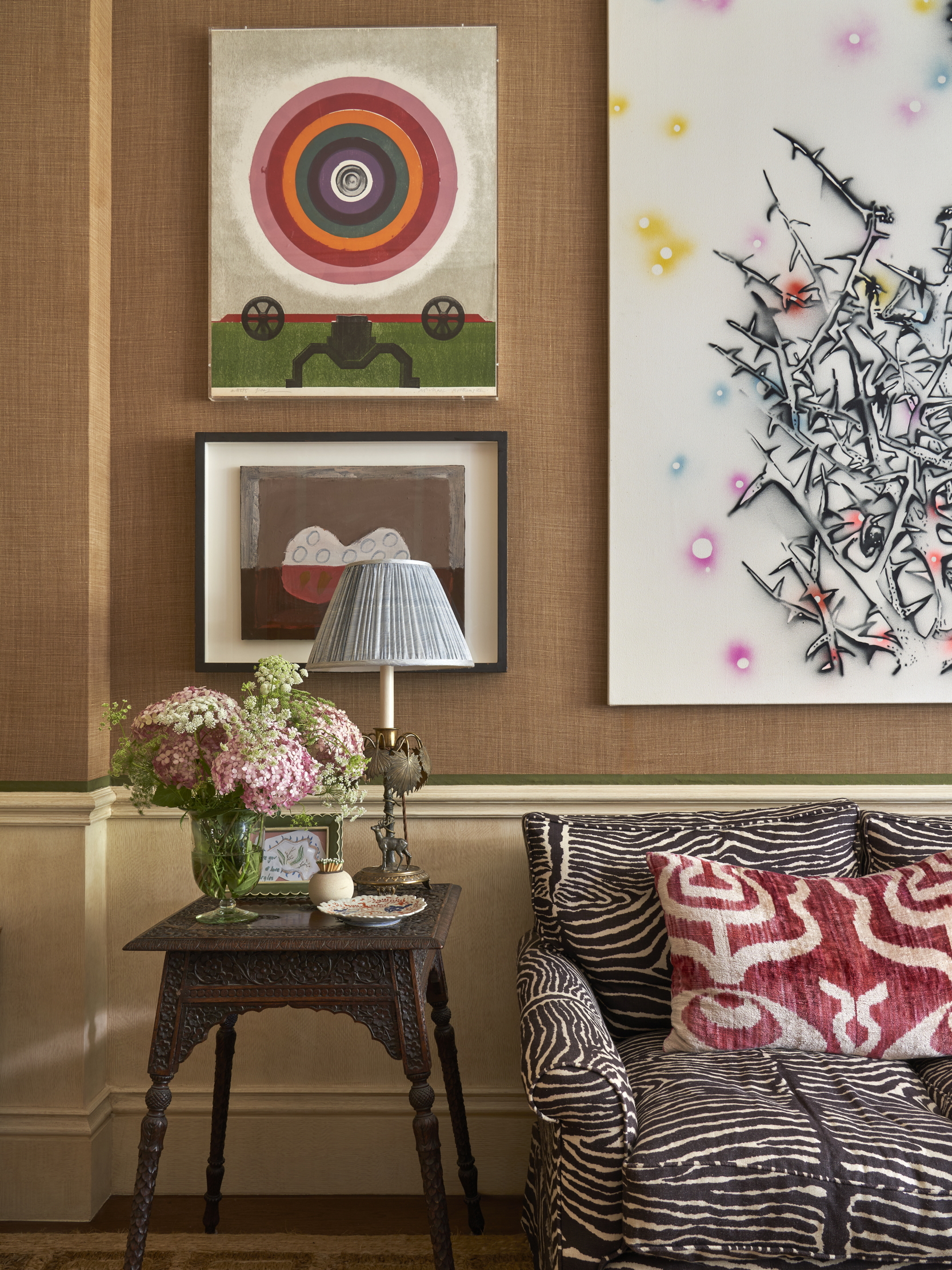
If anyone thinks that Rita’s own brand of eclecticism involves throwing a few things together, they’ll be disappointed. At her west London home, which she created by combining three apartments over two floors, there is, indeed, a lot of stuff that bears testament to her knack for bringing together opposites: old and new, formal and relaxed, serious and witty. To do so, she enlisted the help of a sofa in a zebra pattern by Brunschwig & Fils, furniture from her own collections, including pieces from Oficina Inglesa and Schumacher, walls covered in paisley fabric, contemporary paintings, lacquer furniture, vintage posters, books and shelves laden with barware and ranks of inviting-looking bottles.
In 99% of people’s hands, it would have created chaos and complexity. Chez Konig, it’s a scene of comfort and joyful coherence.
-
 The Glovebox: Return of the Bentley Supersports, the ultimate rural Range Rover and the car collection fit for The King
The Glovebox: Return of the Bentley Supersports, the ultimate rural Range Rover and the car collection fit for The KingA century after it was the first Bentley to top 100mph, the Supersports is back and looking better than ever.
-
 The Alpine rescue dog built for blizzards, bred by monks
The Alpine rescue dog built for blizzards, bred by monksAs snow fell across the UK this week, I found myself day-dreaming of St Bernards striding through the Alps — a snow-day dog worth celebrating.
-
 The Glovebox: Return of the Bentley Supersports, the ultimate rural Range Rover and the car collection fit for The King
The Glovebox: Return of the Bentley Supersports, the ultimate rural Range Rover and the car collection fit for The KingA century after it was the first Bentley to top 100mph, the Supersports is back and looking better than ever.
-
 Better than Ozempic? 50 years of the Brompton bicycle
Better than Ozempic? 50 years of the Brompton bicycleOwen Wilson, James May and most of the middle-aged men and condescending hipsters you know love them. As the iconic folding bike turns 50 Lotte Brundle hops on one with the company's CEO.
-
 Ho Ho House of Commons: A simple guide to the best Westminster gifts, featuring a duck that is also Big Ben, a cat called Attlee and an infamous jumper
Ho Ho House of Commons: A simple guide to the best Westminster gifts, featuring a duck that is also Big Ben, a cat called Attlee and an infamous jumperThe House of Common’s gift shop has got everything from a plushie of Attlee, the Speaker’s miserable looking cat, to a rubber duck that pays tribute to the mighty work of the Suffragettes.
-
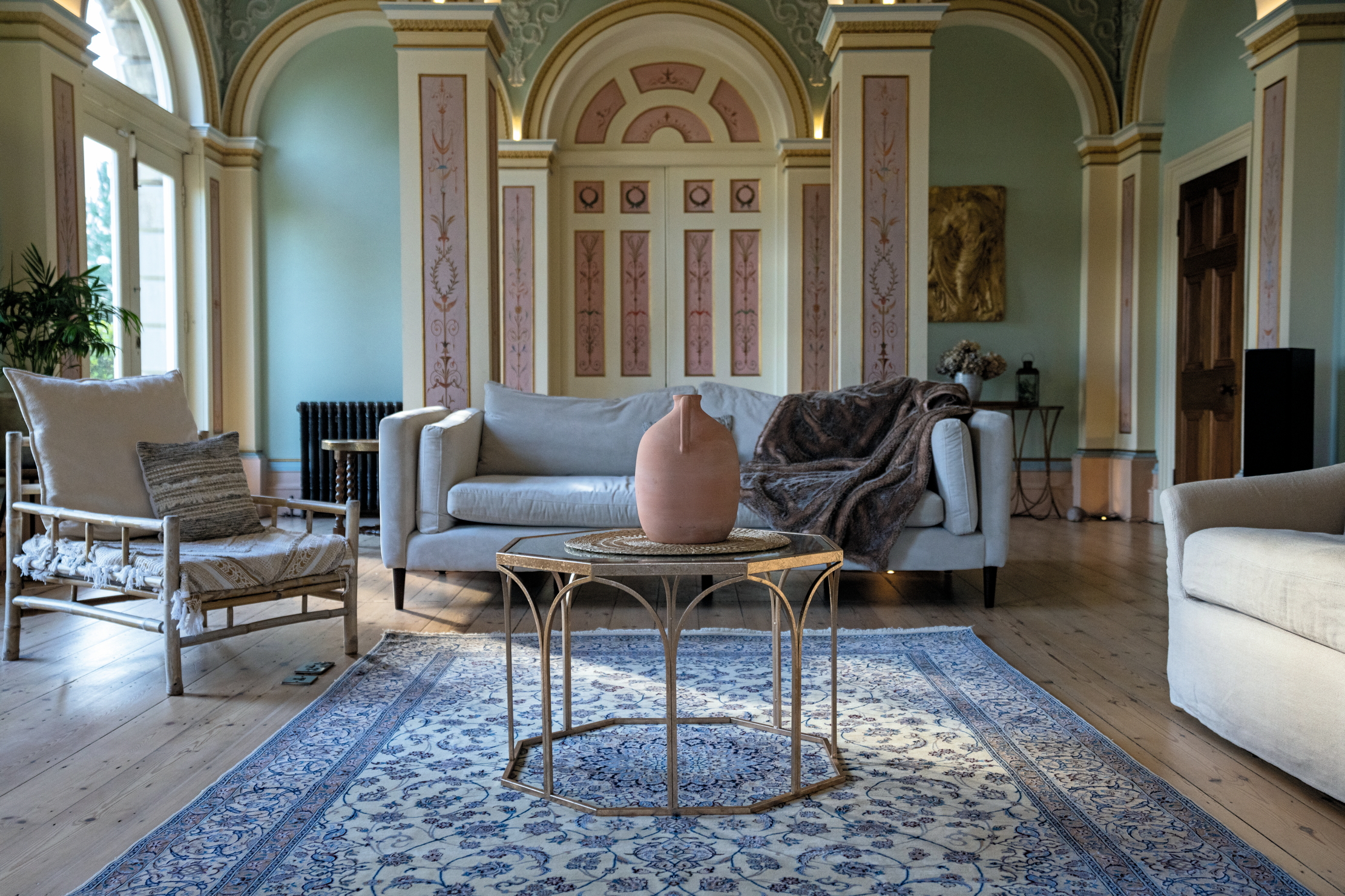 Moths, memories and surviving the Russian Revolution: that knackered old rug is worth saving
Moths, memories and surviving the Russian Revolution: that knackered old rug is worth savingDon’t consign that faded and tatty rug you inherited to the skip, warns Catriona Gray. A specialist repairer can work miracles on even the most unloved pieces
-
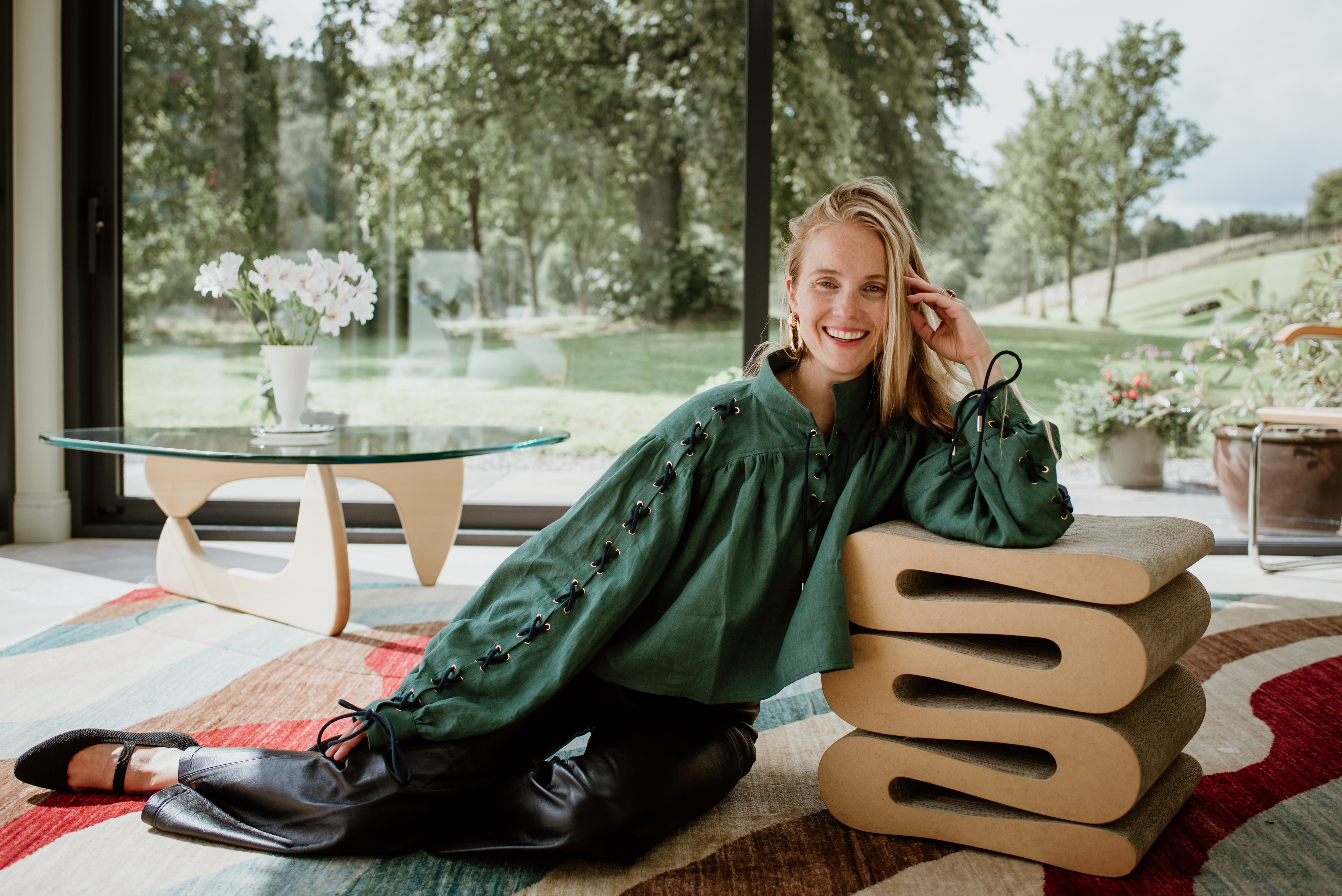 ‘I 100% always knew that I was going to do something creative’: Petra Palumbo on her design house, love of Scotland and consuming passions
‘I 100% always knew that I was going to do something creative’: Petra Palumbo on her design house, love of Scotland and consuming passionsThe London ‘It Girl’ turned Scotland-based designer makes tiles with men’s torsos and Henry hoovers on them, has a pug called Raisin and is married to the 16th Lord Lovat Simon Fraser. She chats to Lotte Brundle.
-
 McLaren's three Ellas and the future of motorsport
McLaren's three Ellas and the future of motorsportMcLaren is rewiring the pipeline for women, on track and across the motorsport landscape
-
 The real deal: Can you tell the difference between mined and synthetic diamonds?
The real deal: Can you tell the difference between mined and synthetic diamonds?And would you buy a watch studded with laboratory-made ones?
-
 The wine stash of one of Switzerland’s most secretive billionaires is up for auction
The wine stash of one of Switzerland’s most secretive billionaires is up for auctionA selection from the personal cellar of the late Jörg G. Bucherer is for sale via Sotheby’s. Highlights include double magnums of Petrus, a case of Lafleur 1990, nine cases of Clos de Tart and six 12-bottle cases of Domaine Leroy.
